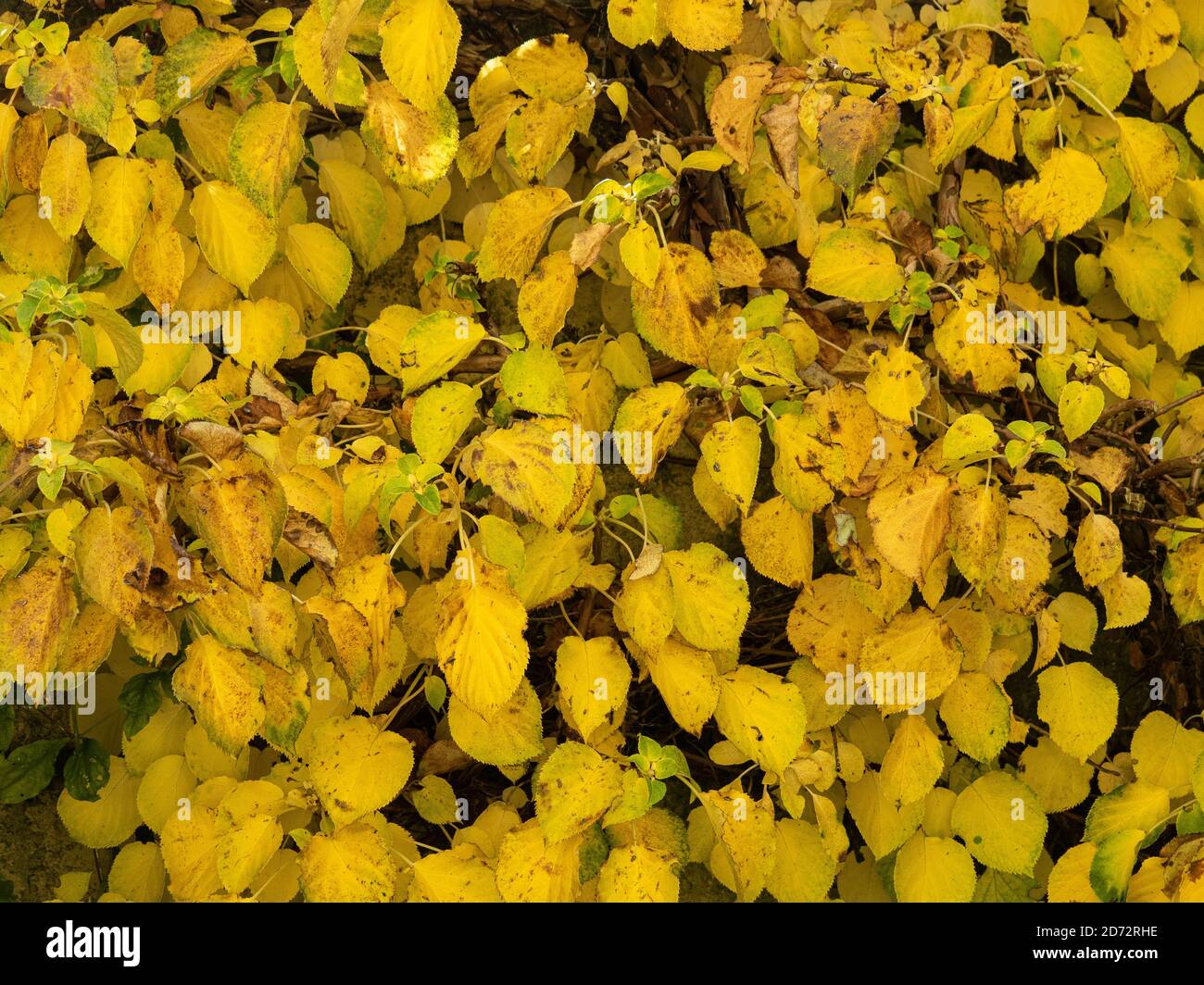What Does Hydrangea Leaves Turning Yellow Mean?
Wiki Article
Hydrangea Leaves Turning Yellow Fundamentals Explained
Table of ContentsThe Facts About Hydrangea Leaves Turning Yellow UncoveredSome Known Questions About Hydrangea Leaves Turning Yellow.Facts About Hydrangea Leaves Turning Yellow RevealedWhat Does Hydrangea Leaves Turning Yellow Do?The Single Strategy To Use For Hydrangea Leaves Turning YellowSome Known Factual Statements About Hydrangea Leaves Turning Yellow
The container needs to be large enough so the plant can expand and obtain all of the water and nutrients it requires. Panicles enjoy the full sunlight.No matter of the selection, strategy ahead and make sure your plant has lots of protection from the wind. You could transplant to a brand-new area, or you can create a wind barrier utilizing one more plant, or fencing.
Ornamental grass, Rose of Sharon, or Holly bushes are simply a couple of concepts of plants you could use to obstruct the wind. If you require to transplant, discover a spot in your yard that is well shielded from sunlight and wind. Hair transplanting is ideal carried out in the loss or the spring.
All About Hydrangea Leaves Turning Yellow
The plants area is the most essential variable when it comes to getting established and correct growth. With a little forethought on growing area and appropriate maintenance, you'll be able to guarantee your hydrangeas!.If Hydrangea leaves turn yellow and drops off later on, it's typically due to overwatering, as the plant can not uptake water and drops the fallen leaves to reduce off transpiration. Following this, Hydrangea leaves beginning to droop and wilt. Considering that both problems can create yellow leaves, you should find the distinction in between the overwatered and underwatered plant.
You can save the plant from yellow fallen leaves by supplying it the proper light and positioning. If your plant obtains yellow fallen leaves, relocate it to a dark place.
The Of Hydrangea Leaves Turning Yellow
Keep in mind, Hydrangeas are just frost tolerant in loss and wintertime as they go dormant, and temperature alterations can create yellowing leaves and brownish areas. If it gets also warm, the sides of the fallen leaves become yellow, transform brown and create a crispy texture. Transfer your potted Hydrangeas away from breezy north-facing windows in the winter.Hefty soil can quickly block the oxygen supply to the origins and sever the link with the upper components of the plant (leaves). Hydrangea leaves transform their color if they discover minor troubles in the soil structure. This issue can trigger the Hydrangea delegates turn yellow, struggle with leaf declines, and provide a saggy plant in sync with overwatering.
Yellow leaves in Hydrangeas are the first indications of condition infestation, typically adhered to by black spots, browning, drops, and wilting. Separate the diseased or pest-infested plant from the healthy plants to avoid disease spread. If it is a garden plant, eliminate all the infected leaves making use of sterilized tools and cleanse up all the debris.
The smart Trick of Hydrangea Leaves Turning Yellow That Nobody is Talking About

Stay clear of reducing healthy and balanced or green leaves, and do not get rid of more than 25% of the plant's foliage. The main reason behind the red leaves in Hydrangea is inadequate dirt or ecological conditions.
Repot the plant yearly in spring or every 2 years if the growth price is slow.
Our Hydrangea Leaves Turning Yellow Ideas

Each factor impacts the plant in such a way that can be dealt with if we comprehend how to look after hydrangeas the proper way. When we speak about poor light for her response hydrangeas, we indicate that the plant isn't getting adequate sunlight. Hydrangeas prefer intense light, however not straight, scorching sun. They typically thrive finest with morning sunlight and afternoon color.
Without adequate sunshine, the leaves can turn yellow, the plant can become weak, and it may produce fewer blooms. To ensure a hydrangea receives ample light, it ought to be positioned in a spot where it can appreciate the morning light and be secured from the intense afternoon sunlight. Overwatering is when a hydrangea plant obtains more water than it requires.
How Hydrangea Leaves Turning Yellow can Save You Time, Stress, and Money.
Without enough air, the origins can't do their task well, and the plant begins to experience. Yellow leaves might be an indication that the plant is more tips here getting as well much water. On the other hand, dehydration takes place when the plant doesn't obtain enough water. Like individuals, plants need water to remain healthy.
This problem is usual in the autumn as the weather adjustments or if a hydrangea is planted in an area where it does not get sufficient heat from the sun. It is essential to understand the right problems for hydrangeas to stay clear of low-temperature stress and anxiety. For instance, most hydrangeas expand ideal in zones 6 to 9, where the environment is milder.
It is essential to understand that this kind of yellowing is various from the yellowing triggered by issues like excessive water or not sufficient light. Consequently, if the yellow leaves are primarily at the bottom of the plant and the rest of the plant looks healthy, it might simply suggest that the fallen leaves are simply getting old.
Report this wiki page